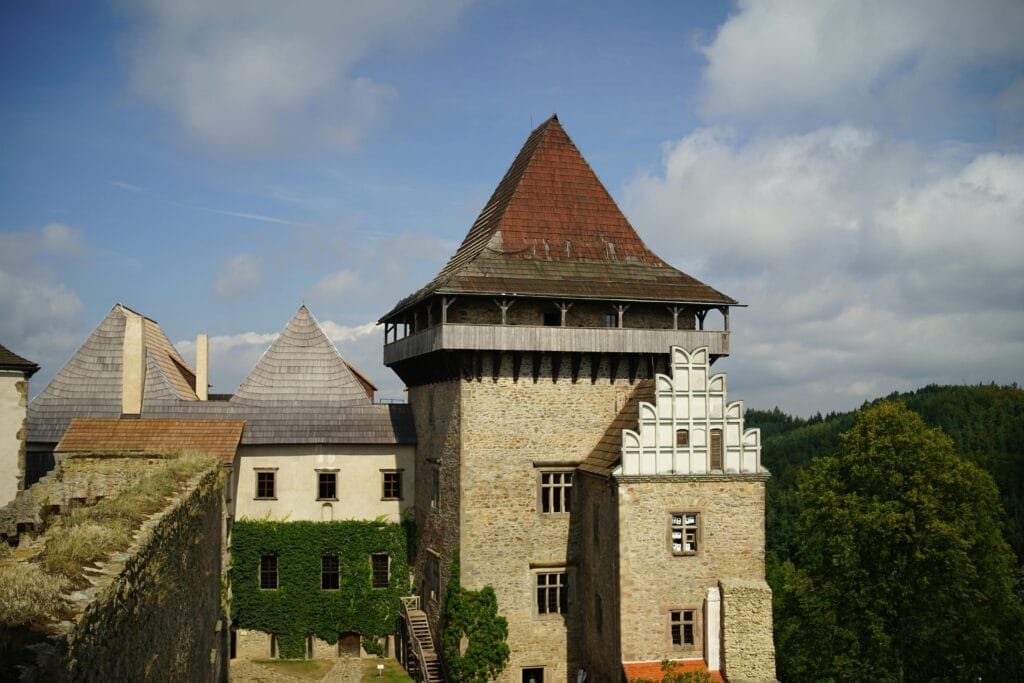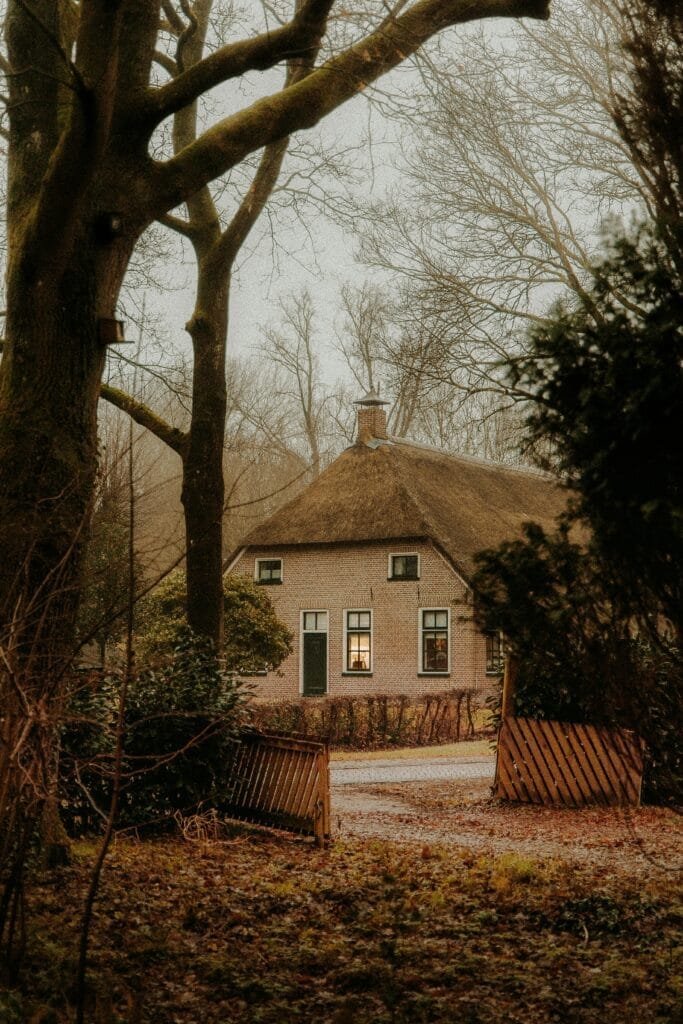Have you ever wondered if there are places where the relentless march of time seems to have paused, where stories of the past whisper through cobblestone streets and ancient stone walls? In an era defined by constant change and technological advances, such hidden villages offer a unique allure. This article delves into these remarkable places—hidden villages that feel like time stopped—and explores their history, culture, and the delicate balance between preserving tradition and embracing the inevitable future.

Table of Contents
Understanding the Concept of Timeless Villages
The notion of time standing still is often more poetic than literal. These villages encapsulate histories and traditions that have been meticulously preserved, allowing visitors to experience a world largely untouched by modernity. In such places, authenticity reigns supreme, and life flows at a different pace.
Origins of Timeless Villages
Navigating the annals of history, many hidden villages have origins dating back centuries. These villages often started as strategic points for trade or defense, evolving into thriving communities with rich traditions. Over time, factors such as geography, local governance, and societal choices contributed to the preservation of their unique characteristics.
The Allure of Preservation
What makes these villages special is how they maintain a tangible connection to their past. It’s not just about the rustic architecture or cobblestone paths, but the timeless culture embedded within the community. Here, age-old crafts, languages, and festivals continue to thrive as living history.
Living Histories: Notable Villages
A journey through these villages offers a glimpse into the history of human civilization. Each one tells a story—a microcosm of cultural and historical evolution.
Shirakawa-go, Japan
Situated in the Japanese Alps, Shirakawa-go is famed for its Gassho-zukuri farmhouses with steep thatched roofs designed to withstand heavy snowfall. In winter, this World Heritage Site transforms into a snow-laden wonderland, reminiscent of a bygone era.
Eze, France
Perched on the French Riviera, Eze is a medieval village offering panoramic views of the Mediterranean. Steep, stone-paved alleys lead past centuries-old buildings that house art galleries and traditional Provencal shops, embodying a timeless elegance.
Júzcar, Spain
Once a traditional whitewashed village, Júzcar embraced its unique identity by repainting its buildings Smurf-blue. While its structures remain ancient, Júzcar has adeptly woven a modern narrative, illustrating the playful side of history.
Hallstatt, Austria
Renowned for its pristine lake and prehistoric salt mines, Hallstatt is a picture of serene beauty. The village is archeological heaven, with artifacts from the Hallstatt culture pointing to human settlement over 7,000 years ago.

Key Features of Timeless Villages
These hidden jewels retain their allure through a confluence of architecture, culture, and natural beauty.
Architectural Elegance
Timeless villages often feature architecture that speaks to the era of their genesis. From charming thatched cottages to imposing stone fortresses, each structure stands as a testament to craftsmanship and heritage.
- Stone Construction: Many villages used local stone, offering durability and a distinctive appearance.
- Timber-Framing: Common in areas rich with forests, timber-framing complements stonework in idyllic rural settings.
- Roof Styles: Thatch, slate, and tile roofs, each suited for the local climate, are defining features.
Cultural Heritage
Cultural traditions in these villages are fiercely protected, offering insight into long-standing customs.
- Local Festivals: Seasonal celebrations that often date back hundreds of years.
- Artisanship: Timeless villages frequently host master craftspeople, preserving techniques like blacksmithing, pottery, and weaving.
- Language and Dialects: In some areas, local dialects or linguistic quirks have survived as dialectal snapshots of history.
Harmonious Environment
Nature and humanity coexist beautifully in many timeless villages, with landscapes being as much a feature as their architecture.
- Preserved Landscapes: Conservation efforts ensure that natural surroundings remain untouched.
- Agricultural Practices: Traditional farming techniques support both sustainability and community identity.
- Biodiversity: Some villages foster biodiversity by integrating native flora and fauna into everyday life.
Challenges and Preservation
While steeped in charm, these villages face contemporary challenges balancing tradition with the demands of the present.
Threats to Preservation
- Modernization Pressure: Infrastructure demands can potentially disrupt historical integrity.
- Tourism Impact: While economically beneficial, tourism can threaten the very charm it seeks.
- Population Decline: Younger generations may move away, risking cultural knowledge and continuity.
Strategies for Sustainable Preservation
Innovative strategies are essential to safeguard these timeless enclaves.
- Community Engagement: Engaging locals in preservation efforts ensures sustainable stewardship.
- Regulatory Support: Governments can offer protections through heritage designations and conservation incentives.
- Tourism Management: Managing tourist numbers and behavior preserves the village’s essence.

The Future of Hidden Villages
As the world continues to evolve, it’s vital for these villages to navigate the future without losing their timeless allure.
Integrating New Technologies
Careful integration of technology can enhance preservation without eroding authenticity.
- Smart Infrastructure: Subtle, efficient technology solutions improve living standards while maintaining aesthetic.
- Virtual Tourism: Offering digital experiences eases physical tourism impacts while providing accessibility.
- Digital Archiving: Modern technologies can preserve traditions and flag features of historical interest through detailed records.
Future Trends and Adaptations
To thrive, hidden villages can embrace certain trends.
- Ecotourism: Focusing on visitors who respect and contribute to local culture rather than consume it.
- Sustainability Initiatives: Renewable energy and sustainable practices strengthen their environmental and economic resilience.
- Cultural Exchange Programs: Facilitating exchanges can enrich local cultures and bring fresh perspectives.
Conclusion and Reflection
In conclusion, hidden villages offer a treasure trove of stories that stand resilient against the passage of time. They invite travelers to step into a narrative where the past is not a foreign land but a shared experience. As custodians of history, culture, and environment, these villages challenge us to ponder our fast-paced lives and appreciate the deliberate rhythm of a world seemingly unaffected by the frenzy of modernity.
Readers are encouraged to contemplate their own experiences with hidden villages. What stories resonated with them? How often do they encounter traditions that feel beautifully timeless? By reflecting on these questions, perhaps they too can capture a bit of eternity in their everyday lives.
Additional Resources
For those interested in learning more about the preservation and beauty of these villages, consider reading articles on topics such as “Sustainable Village Tourism” and “The Art of Heritage Conservation” to continue this journey of discovery.

